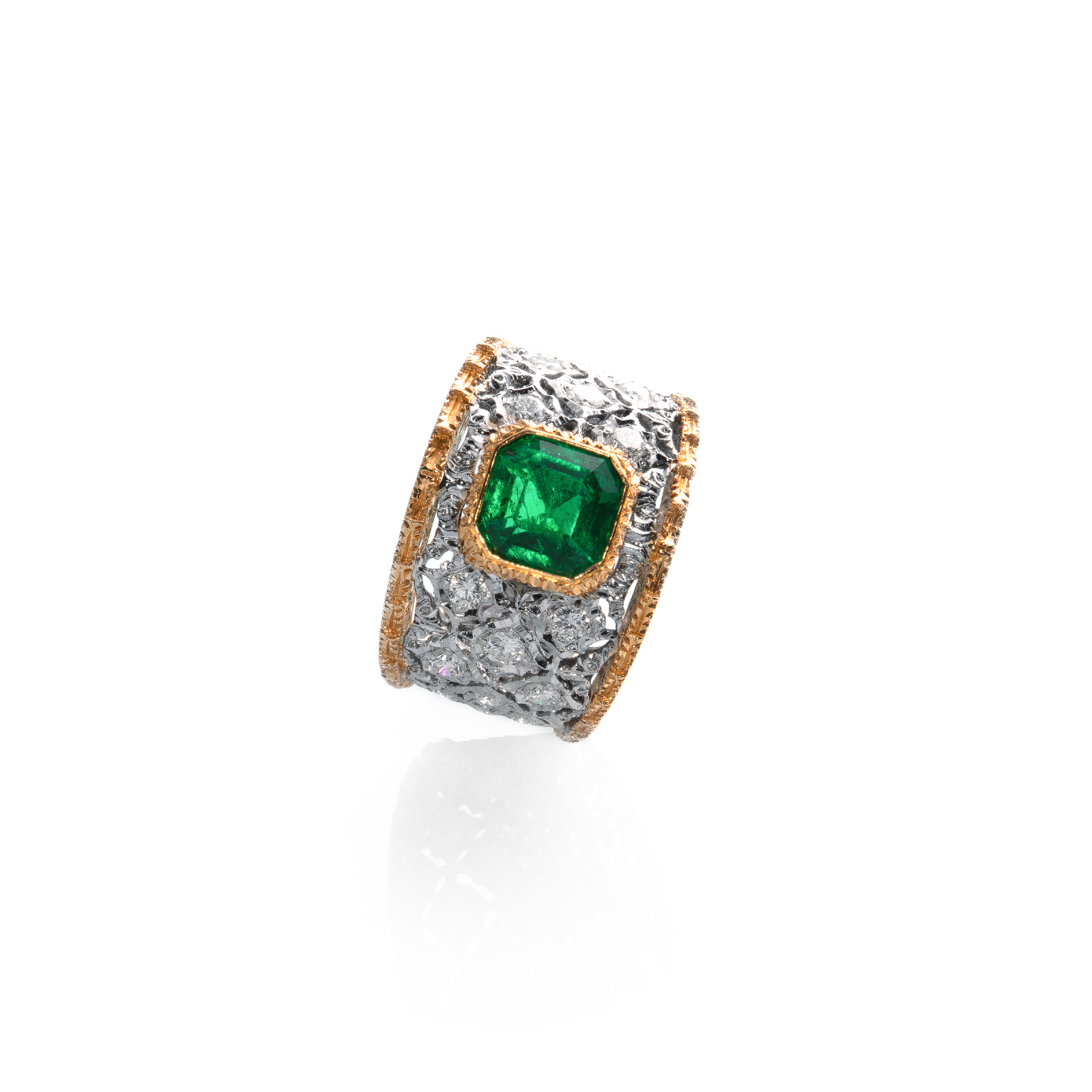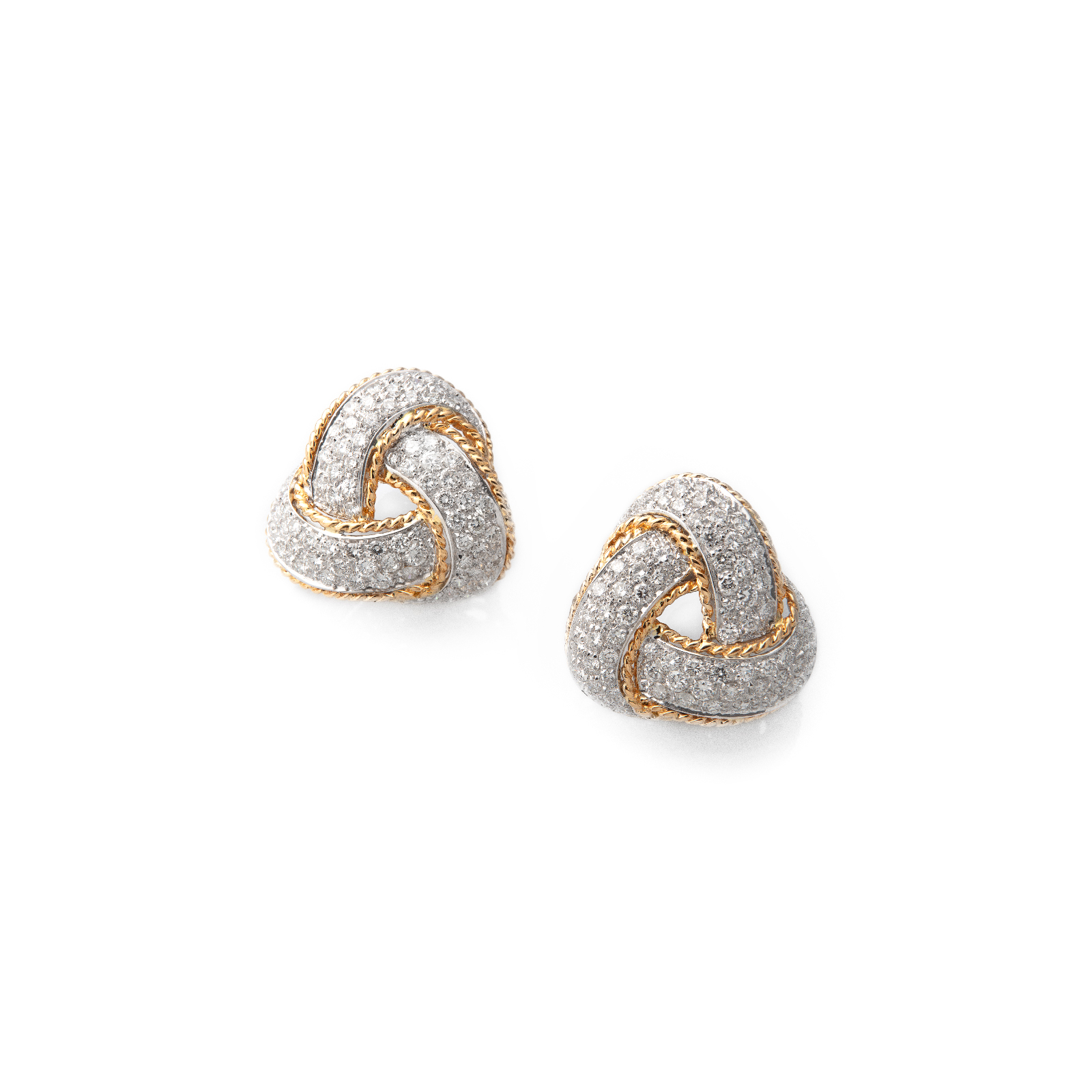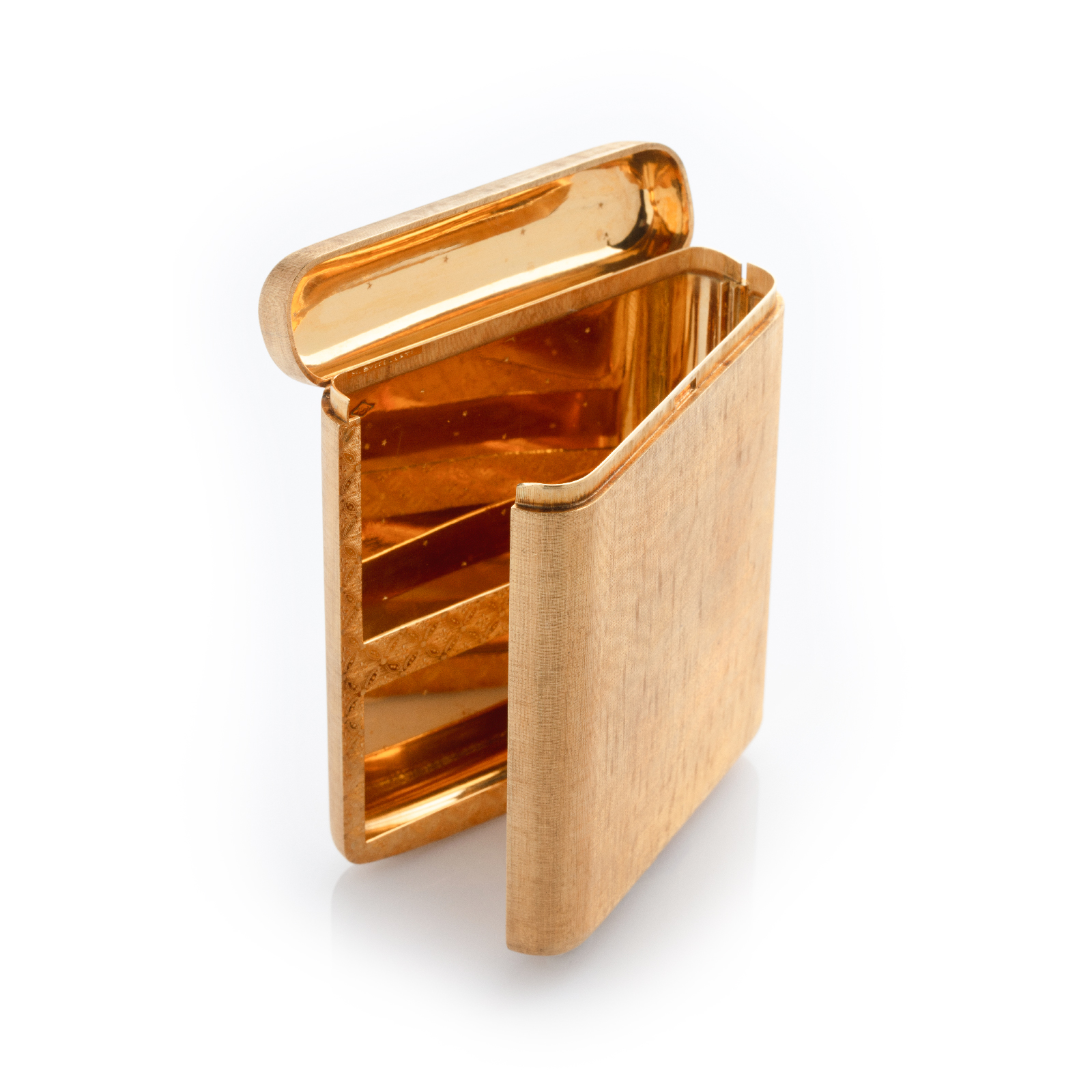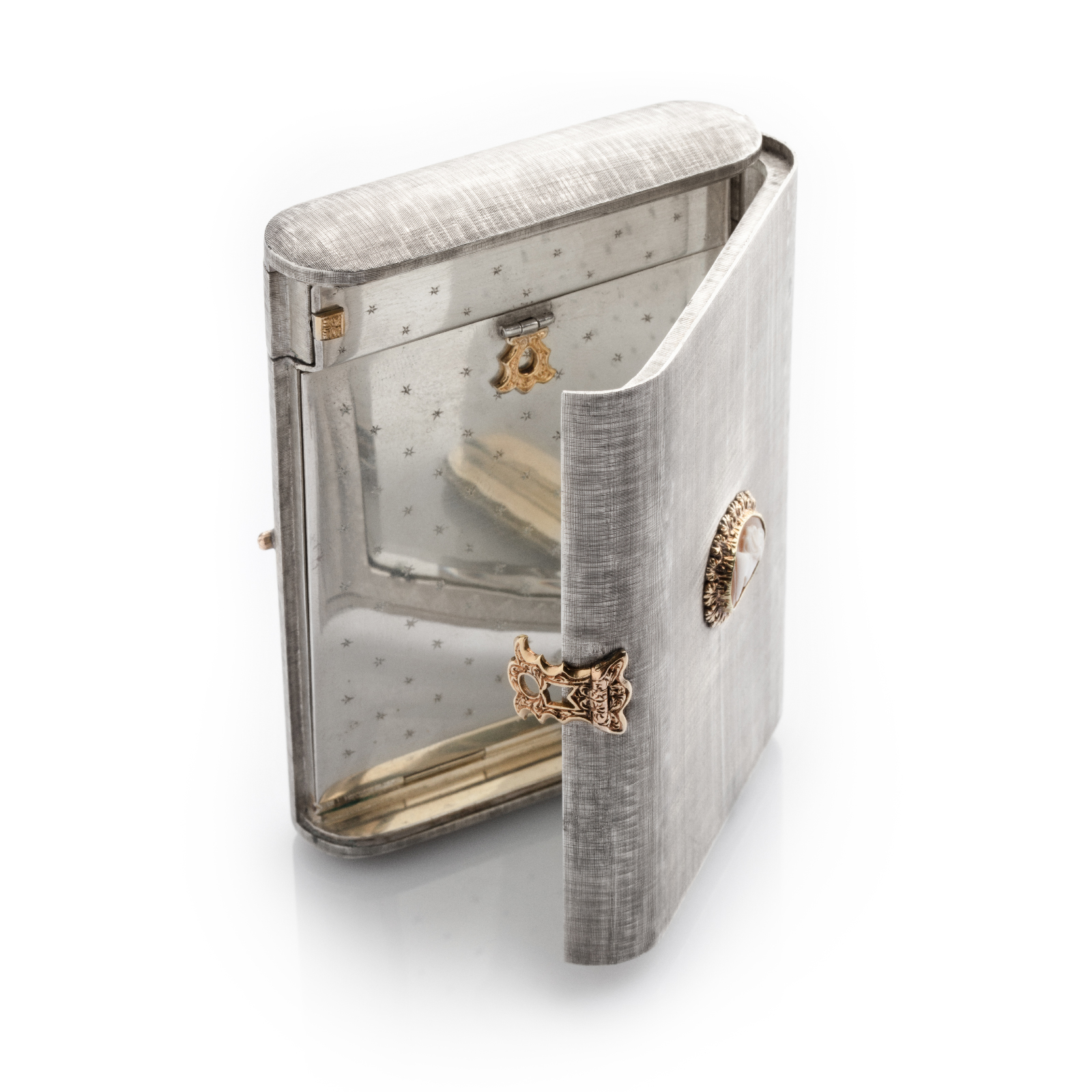The Italian firm that is world famous for its textural gold jewelry and exquisite silver objects. According to family history, the Buccellati’s first foray into the jewelry trade was in the mid-eighteenth century when Contardo Buccellati worked as a goldsmith in Milan. In 1903, Mario Buccellati revived the family tradition Beltrami & Beltrami. In 1919, Buccellati took over the firm, changing its name to Buccellati. International acclaim came quickly.
The main design accomplishments of the Buccellati clan span four decades: from the 1920’s to the 1960’s. The most distinctive aspect of the firm’s pieces is their rich textural quality. When the process is finished, the surface of a Buccellati piece often resembles a fine fabric: linen, tulle, lace. Piercing techniques recreate the look of honeycomb, lace, or webbing. Use of mixed metals (silver and gold, platinum and gold) is also typical. If gemstones are used at all, they are often unusual: large cabochons, carved emeralds and rubies, rose-cut diamonds. The pieces are bold and instantly recognizable as Buccellati.
In the years that followed, Buccellati’s work gained a loyal following in Italy and abroad. As his five sons came of age, all but one entered the business: Frederico, Gianmaria, Luca, and Lorenzo. New stores were opened in Rome (1925) and Florence (1929). In 1951, Buccellati became first Italian jewellery designer with a location on Fifth Avenue in New York City. In 1967, when Mario Buccellati died, the brothers split the business. Lorenzo and Frederico looked after the flagship stores in Italy. Luca and Gianmaria assumed control of stores in the United States, expanding to other locations in Hong Kong, (1970), Japan (1972), Monte Carlo (1976), and Paris (1979)..
In September 2019 Luxury Goods holding company, Richemont, acquired Buccellati from the former Chinese investor.





